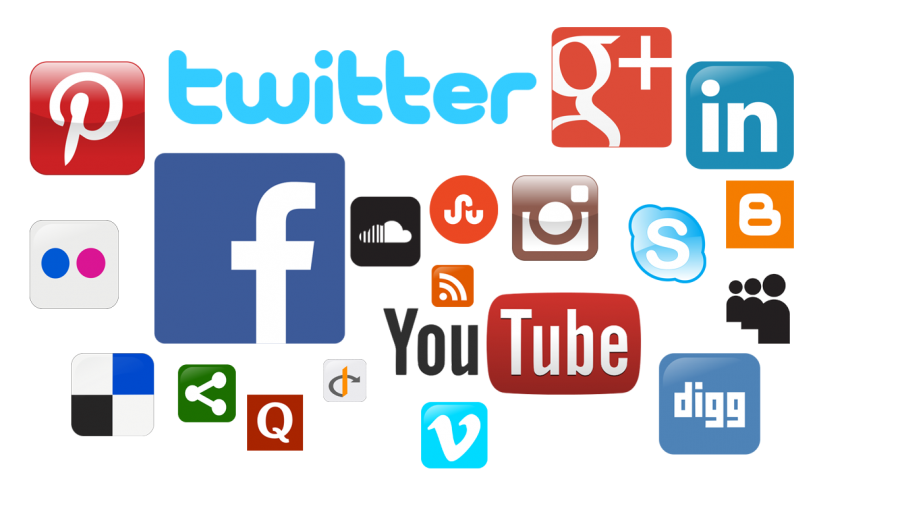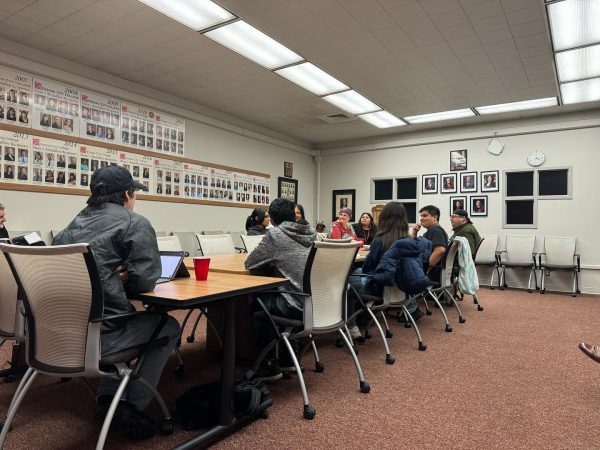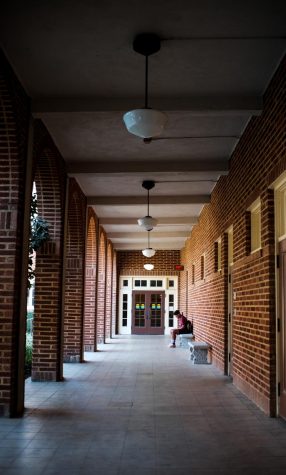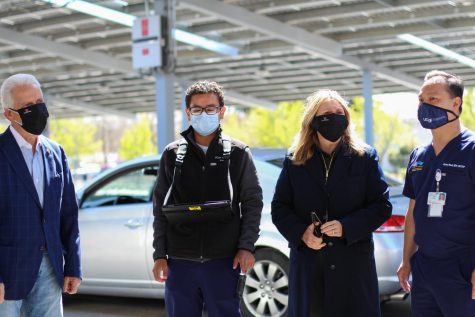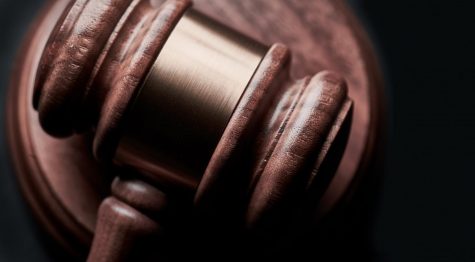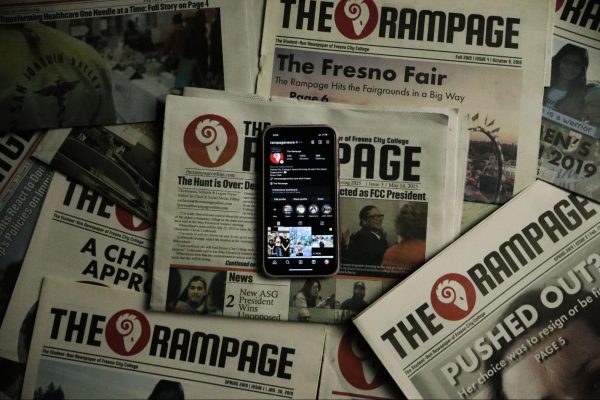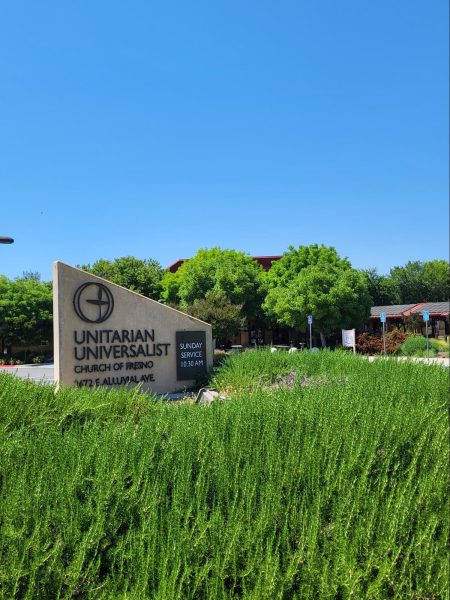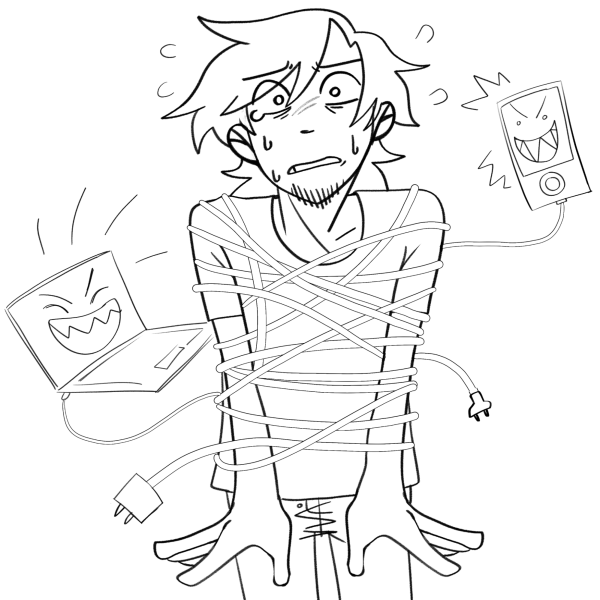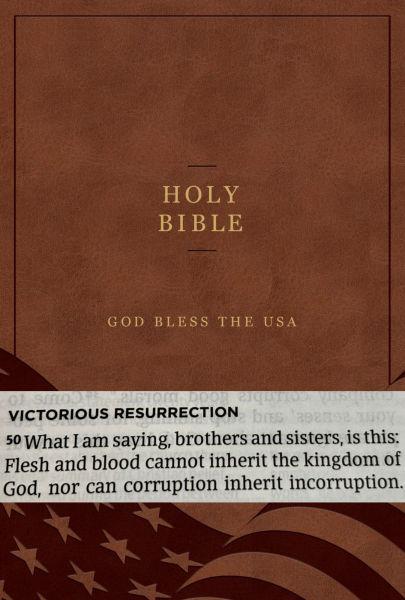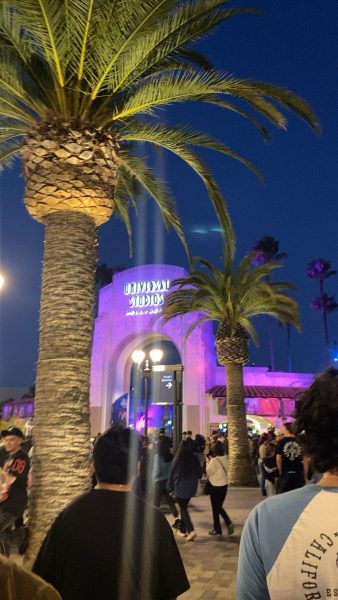Trump’s Social Media Ban
As many of us know, former President Donald J. Trump used his social media platforms to voice his opinion and connect with his supporters.
That all changed on January 8th, 2021 when Trump was permanently suspended from Twitter, a platform where he is known for recklessly tweeting harsh and sometimes misleading information about electoral candidates.
The ban came after citizens stormed the U.S. Capitol on Jan. 6, 2021, an insurrection which left five dead people, including one police officer according to ABC News.
After news broke about the insurrection, Trump shared a video on his social media account telling those who participated in the riot, “we love you!” and “you’re very special,” amongst many other things.
The video violated Twitter rules of glorifying violence and led to the permanent ban on Trump’s account.
When Trump was banned from his personal Twitter account, he took to the @POTUS account, which belongs to the President of the United States, but Twitter also blocked Trump from that account stating, “users who are banned cannot post from another account.”
But what was the actual reason for Trump being permanently suspended? Well according to the New York Times, Twitter made the decision “due to the risk factor of further incitement of violence,” a decision made by Facebook a day earlier.
Another reason for Trump’s account being permanently suspended was because of his public announcement that he wouldn’t be attending current President Joseph R. Biden’s Inauguration.
His announcement caused fear that he would incite future attacks on the US Capitol and State Capitol buildings on January 20, 2021.
Many other companies such as Instagram, Snapchat, Twitch, Spotify and Shopify also banned Trump to prevent him from inciting violence on their platforms, according to The New York Times.
With Trump’s banned platforms, some have questioned if these social media networks are violating the First Amendment and if he has the power to overturn the decision the networks have made.
The First Amendment of the U.S. Constitution protects freedom of speech, religion and the press. It also gives people the right to peacefully protest and to petition the government out of grievance, according to ConstituteProject.Org.
However, the First Amendment states that people do have the right to protest or assemble, only if there is not a risk of violence or threat to public safety.
The storming of the Capitol was not done in a peaceful manner, as evident by the death of Ashley Babbitt and the robbery of federal property.
According to Mark Trezza, Political Science instructor at Fresno City College, Trump does not have the power to overturn decisions made by the social networks since they are private companies and not run by the government.
While acknowledging the First Amendment is “important,” Trezza stressed that it may not be “nearly as important as what happened January 6th.”
The next questions that come up are: should networks such as Twitter and Facebook be allowed to kick users off their platforms like they did Trump?
Well, the answer is simple. If users are not following the rules these platforms have, users’ accounts should be banned or suspended depending on the severity of what was posted.
Is this action of banning or suspending users a violation of people’s freedom of speech?
No, since users sign up to use a social media platform, they also agree to all the terms and agreements created by the platform.
For example, Twitter clearly states, “We may suspend or terminate your account or cease providing you with all or part of the services at any time for any or no reason.”
Another example of social media ban was Youtuber and musician Austin Jones back in 2017 after it was court ordered. The relation these two incidents have are both President Trump and Austin Jones were taken off of social media due to their actions.
In Trump’s case, he violated Twitter rules and therefore was rightfully banned.
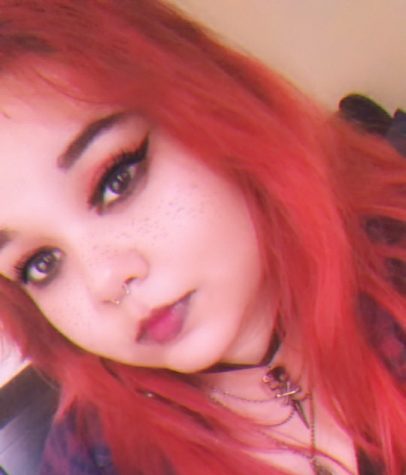
Anastasia De Cubas a 20 year old Journalism major born in Auberry, California but grew up most of her life in Fresno, California. Some of Anastasia’s...

